In the 1950s Stockholm opened its brand new subway system – complete with art.
The governing Social Democratic party of Sweden felt at the time that art should not be isolated, but rather an integral part of Stockholm, accessible by all.
The tradition has stayed alive, and today 47 stations have art underground and 53 feature artistic works above ground. More than 150 artists have contributed to decorating the stations with sculptures, mosaics, paintings, 3D installations, carvings, and more.
“Stockholm was expanding at the time, with many people moving to the suburbs for work,” says Birgitta Muhr, a sculptor who produced art for the Högdalen subway station several years ago.
“A subway system needed to be created to connect the city, and they wanted art to come to every man and woman. There were lotteries in which you could win a collection of prints from a famous painter for a cheap price, and then they launched a competition to find artists to paint and create sculptures for T-Centralen.”
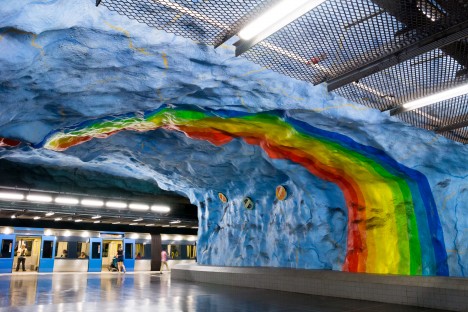
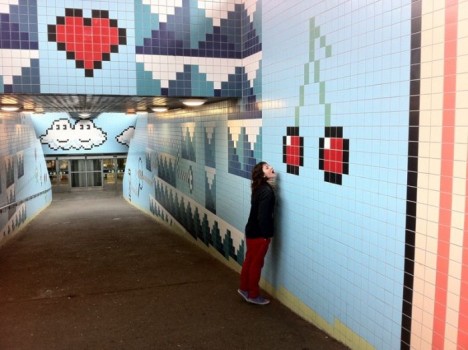
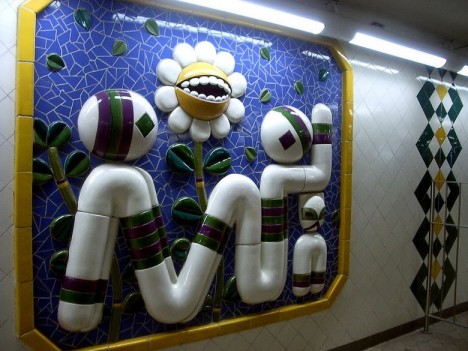
Last year the Swedish government announced it would be expanding the Stockholm metro system, investing some 25.7 billion kronor ($3.9 billion) in new stations and vehicles.
Specific measures include extending the blue line metro past Kungsträdgården with five new stations: Sofia, Hammarby kanal, Sickla, Saltsjö-Järla, and Nacka Forum. A new stretch will also be built connecting the blue line's planned Sofia station with the Gullmarsplan transit centre on the green line.
North of Stockholm, the blue line will be extended past Akalla and connected to the commuter rail line at Barkaby Station, with a stop at the Barkabystaden district currently under construction in Järfälla along the way.
From Odenplan, a new branch will be built with two new stations, Hagastaden and Arenastaden.
This week the Stockholm Transit Authority (SL) and Stockholm County announced which artists will be creating designs for ten new metro stations, as well as new art at the existing Odenplan and Gullmarsplan stations.
One of the new stations will be the Sofia Station on Södermalm. Artist Thomas Carlsson created a design featuring a large elephant head.
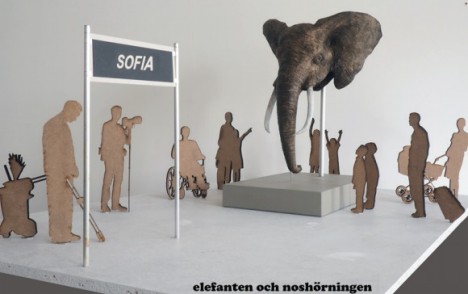
“When I was little I had a cousin who lived in an apartment in Husby,” Carlsson explains. “I was impressed that the apartment building used animal heads instead of numbers for the floors. So my cousin lived on the lion floor.”
Carlsson thought that a similar principle would work well on train platforms, helping visitors to orient themselves.
“It could sound something like this: 'Take the subway from Kungsträdgården towars Nacka Forum, get off at Sofia, and walk towards the elephant sculpture.”
Another station will feature an art project entitled “Skylines”, by Georg Zey, Axel Lieber, Hans Hemmert, and Thomas Schmidt.
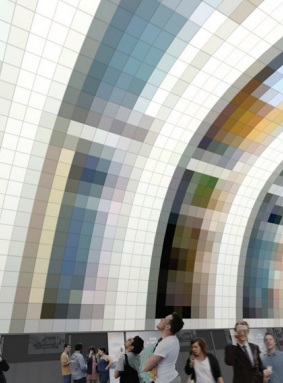
“Public art can shift a given context in order to open the gaze up to other aspects of reality,” the artists said in their description of the project.
“The aim is a new characterization of the site and the viewer’s relationship to what he perceives and experiences there. Successful artistic interventions enrich not only the site in general, but also people, who can experience it as an extension of their private sphere.”
Here are some of the other new designs:
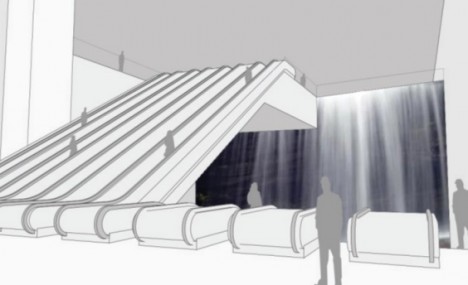
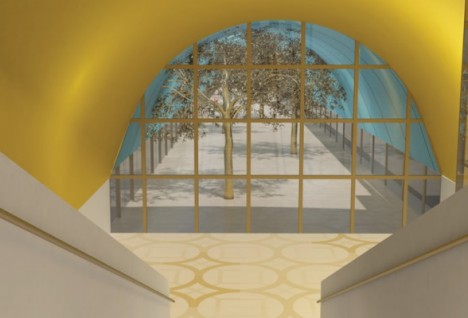
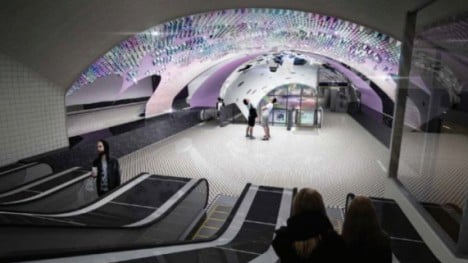
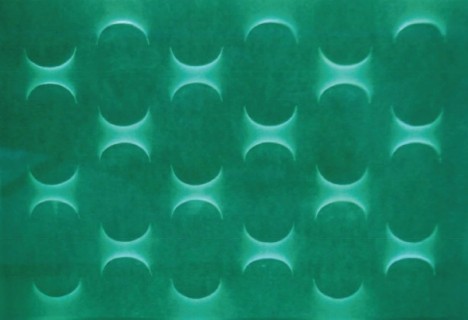
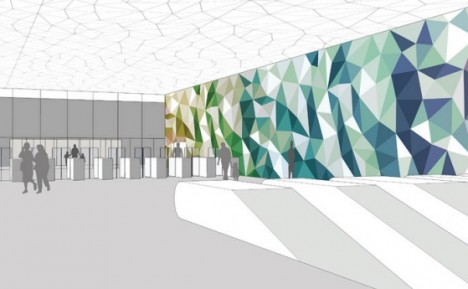

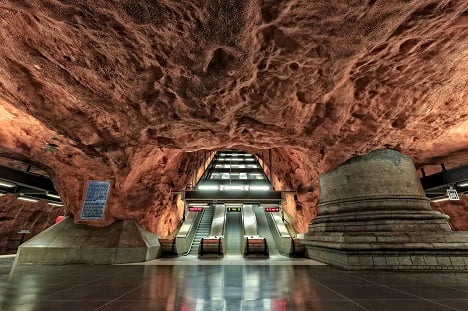

 Please whitelist us to continue reading.
Please whitelist us to continue reading.